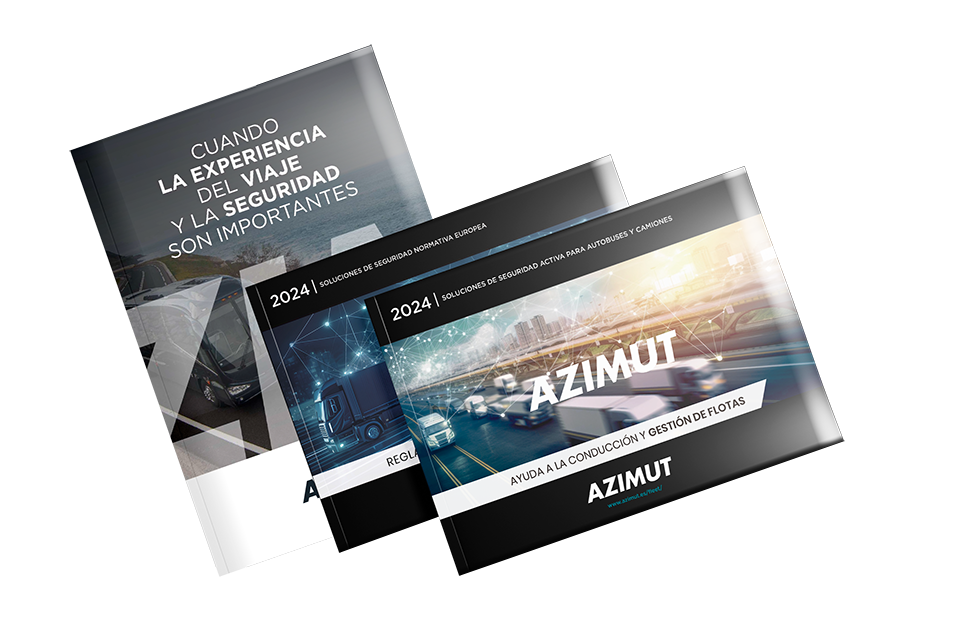On-board entertainment on demand or linear: Advantages and disadvantages
Lorsque nous parlons de distraction dans l’autocar, nous faisons référence à deux types de systèmes: distraction à bord sous demande, c’est-à-dire que le passager décide ce qu’il veut regarder et quand, et linéaire signifie que l’on reproduit les même contenu pour tous les passagers. Dans cet article, nous repasserons les avantages et les inconvénients de chacun.
Qu’est-ce qu’un système de distraction à bord linéaire ?
Dans un système de distraction linéaire à bordles contenus sont reproduits par des chaines auxquels l’utilisateur accède de la même manière qu’il le ferait à la maison, avec la télévision par exemple. Nous pouvons zapper les différentes chaînes, mais sans pouvoir l’arrêter, ni avancer, ni redémarrer un programme ou un film.
Qu’est-ce qu’un système de distraction à bord sous demande ?
Dans un système de distraction sous demande à bord c’est le passager qui construit sa propre distraction, il choisi ce qu’il veut voir et à quel moment du trajet, de sorte que la lecture du contenu est prévu exclusivement pour le voyageur et également contrôlée par lui également.
Les avantages d’un système de distraction à bord sous demande
Ainsi, dans un SEI sous demande (système de distraction à bord) le passager peut:
• Choisir parmi une large gamme de contenu: TV en direct, films, musique, lire des livres électroniques, jeux, Internet
• Lancez la lecture d’une vidéo ou d’une musique, l’arrêter, redémarrer, avancer le filmou la chanson,choisir la langue, activer /désactiver lessous-titres…
De cette façon, dans un autocar avec un système de distraction à bord sous demande chaque passager jouira de son contenu en exclusivité, il est possible que tout le monde regarde le même film, mais chacun dans une séquence différente, avec la possibilité de faire pause, avance rapide … sans affecter la reproduction des autres usagers.
Avantages pour l’entreprise
Nous connaissons les avantages de ce système pour le voyageur mais pour l’entreprise ? Quels sont ses avantages?
• Etre plus flexible au moment de fournir aux passagers plus d’options.
• L’entreprise peut charger des contenus propre pour pouvoir être consulter à tout moment : la sécurité, les droits des passagers et obligations, les horaires, etc…
• l’accès à Internet, lorsqu’ils sont gérés par un routeur de haute performance, vous pouvez canaliser tout le trafic à travers du propre portail de l’entreprise.

